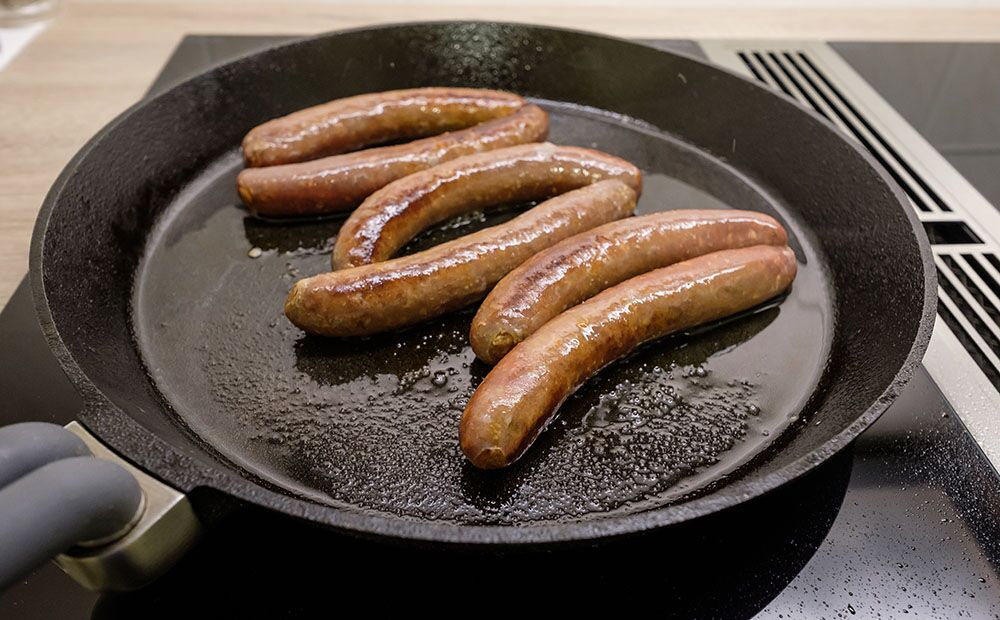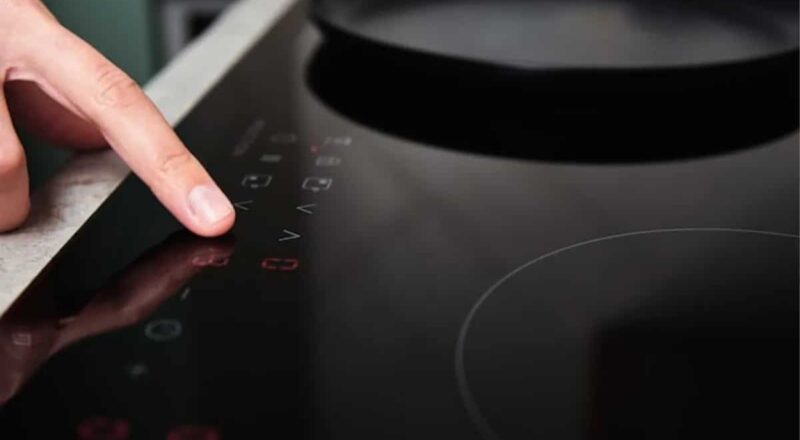When it comes to cooking with cast iron, many kitchen professionals and home cooks appreciate its durability and the unique flavors it can impart to food. However, the process of preheating cast iron on induction is an area that often raises questions. The process is slightly different from traditional methods, and understanding it can enhance your cooking experience.
Induction cooking has gained popularity thanks to its efficiency and precision. Yet, when you introduce cast iron into the mix, there are some nuances to consider. This guide aims to shed light on these aspects, ensuring you get the most out of your cooking experience.

Understanding Induction Cooking
Induction cooking uses electromagnetic technology to heat cookware directly. This is different from gas or electric stoves, which heat the air around the pan. The pot or pan becomes the heat source, leading to faster and more efficient cooking.
For those new to induction cooking, a common question is whether cast iron is compatible. The answer is yes. Cast iron works well with induction because it is magnetic. However, there are some important considerations to keep in mind.
The Benefits of Using Cast Iron on Induction
One of the main benefits of using cast iron on induction is the even heat distribution. Cast iron retains and distributes heat evenly, which is ideal for recipes that require consistent cooking temperatures. Additionally, induction cooktops provide precise temperature control, allowing for more refined cooking techniques.
Durability and Versatility
Cast iron is renowned for its longevity. With proper care, these pans can last for generations. They are versatile, capable of moving from stovetop to oven with ease. This makes them a favorite among both professional chefs and home cooks.
Energy Efficiency
Induction cooking is more energy-efficient compared to traditional methods. Because the heat is generated directly in the pan, there is less energy loss. This means you can achieve high cooking temperatures faster without wasting energy.
Steps for Preheating Cast Iron on Induction
To preheat cast iron on induction, start by placing the pan on the induction cooktop. Turn the heat to a low or medium setting. This gradual increase in temperature helps prevent warping and ensures even heating.
Allow the pan to heat for about 5-10 minutes. You can test the heat by sprinkling a few drops of water onto the surface. If the water sizzles and evaporates quickly, the pan is ready for cooking.
Monitoring Heat Levels
It’s crucial to monitor the heat levels when using cast iron on induction. Cast iron can hold heat well, so once the desired temperature is reached, you may need to reduce the heat setting to maintain it. This helps in preventing food from burning and sticking to the pan.
Potential Challenges with Cast Iron on Induction
While using cast iron on induction has its benefits, there are some challenges to be aware of. For instance, cast iron is heavy, which could potentially scratch the glass surface of an induction cooktop. It is essential to handle the cookware carefully.
Another issue is the risk of uneven heating if the pan is not preheated correctly. Skipping the preheating step can lead to hot spots, affecting the quality of your cooking.
Maintaining Your Cast Iron
Proper maintenance of cast iron cookware is crucial for longevity and performance. After each use, clean the pan thoroughly and dry it completely to prevent rust. Applying a thin layer of oil can help maintain the seasoning and prevent sticking.
Seasoning Regularly
Seasoning is a process that involves applying oil to the pan and heating it to create a non-stick surface. Regular seasoning helps protect the pan and makes cooking more enjoyable.
Induction-Compatible Cookware
Not all cookware is suitable for induction cooktops. When selecting cast iron, ensure it is marked as induction-compatible. This ensures the base of the pan is flat and makes proper contact with the cooktop.
Why Choose Induction with Cast Iron?
Choosing to cook with cast iron on induction combines the best of both worlds: the superior heat retention of cast iron and the efficiency of induction cooking. This combination can elevate your culinary creations and make the cooking process more enjoyable.
Conclusion
In conclusion, preheating cast iron on induction is a technique that, when done correctly, can significantly enhance your cooking experience. Understanding the nuances of this process allows you to enjoy the benefits of both cast iron and induction cooking, leading to delicious and perfectly cooked meals.
For more detailed information on induction and cast iron, you can visit Induction Heat and Induction Heating.

FAQs
Is cast iron suitable for induction cooktops?
Yes, cast iron is suitable for induction cooktops because it is magnetic and works well with the electromagnetic technology used in induction cooking.
How do I avoid scratching my induction cooktop with cast iron?
To avoid scratching your induction cooktop, handle your cast iron cookware carefully and consider placing a protective pad underneath when moving the pan.
What is the best way to clean cast iron after using it on induction?
The best way to clean cast iron after using it on induction is to wash it with warm water and mild soap, dry thoroughly, and apply a thin layer of oil to maintain seasoning.
This article contains affiliate links. We may earn a commission at no extra cost to you.

